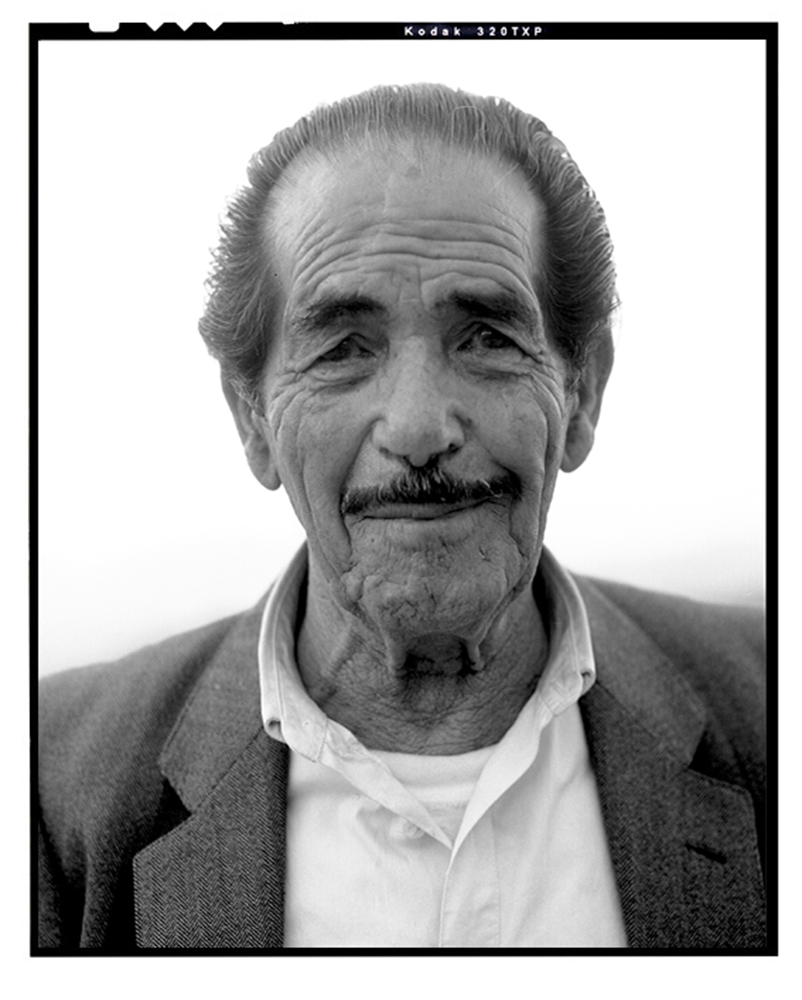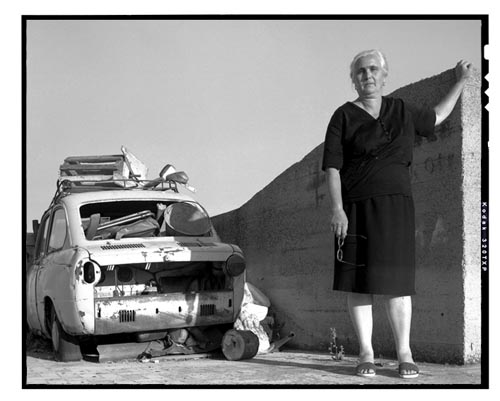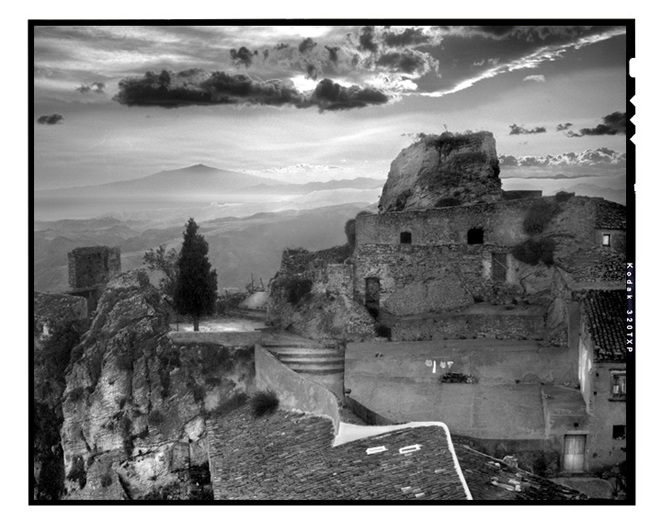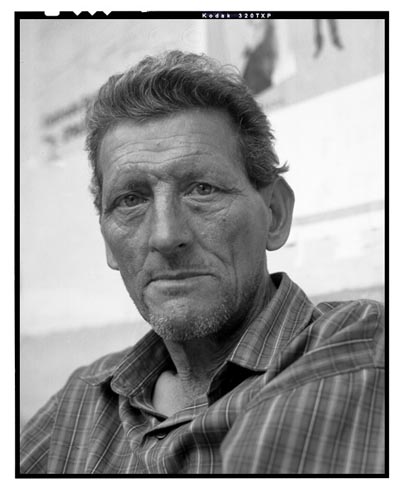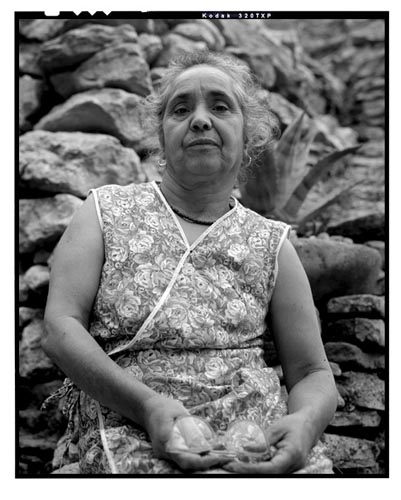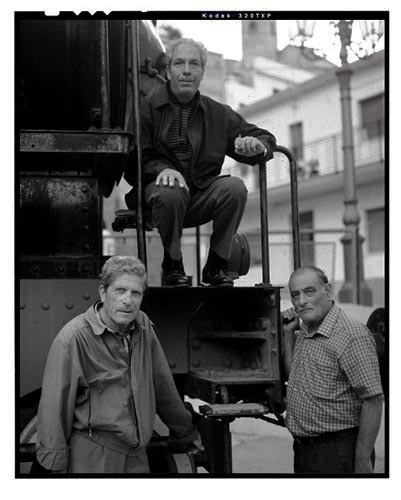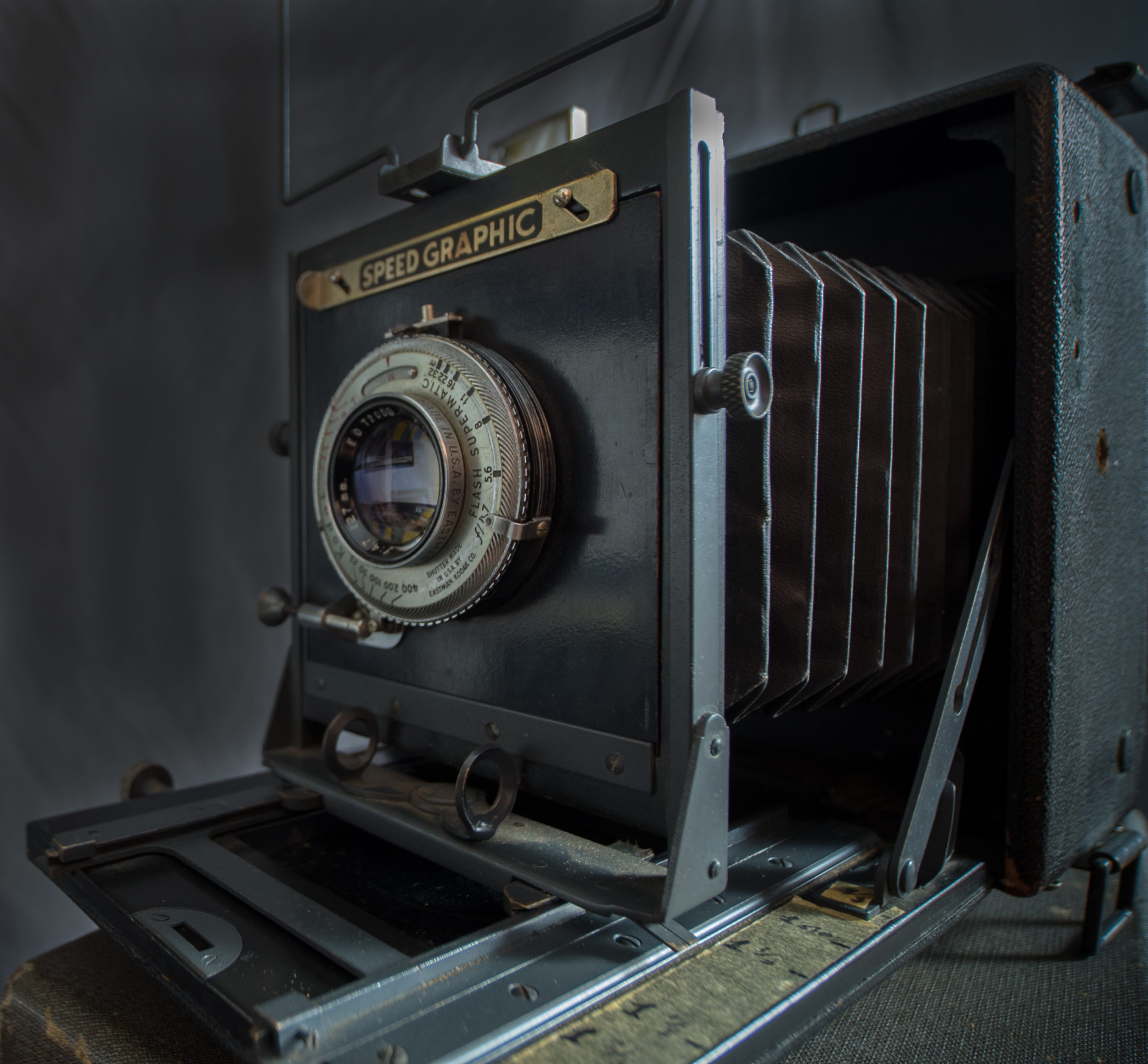Calabria dìkimu ti ìsso addimonimèni andi Europa ìsso cipùri
athìsse mia forà kàtha domàdi ciòla to chùma èkanne addùri, / ma i àthropi ti èchome sti Roma se afìkai na pethànnise àsce pìna. / Ecìtte apàno kanè se canunài iatì èchusi iomàti ti cilìa. / Ciuma pos ène ènan àthropo palèo ti èrkete kanè ti se asciunnài.
An èchise pìna sire tin currìa ti èrkete i òra ti o ìlgio èchi na pettòi. / Pis èkame zimìa èchi na clèi iatì ciòla o Christò mas afudài.
Mastr’Angelo Maesano
(Roghudi Vecchio 1915 – Roghudi Nuovo 2000)
Calabria, now forgotten, you were once the garden of Europe. You bloomed every week and even the earth smelled good,/ but the people in Rome abandoned you starving. / From up there nobody sees you anymore, since their belly is full. / You sleep like an old man that nobody will wake up. / If you are hungry, tighten your belt because the sun will rise and who made these damages will cry and also Christ will help us.
Calabria mia, che sei dimenticata, d’Europa eri il giardino. Fiorivi una volta a settimana e anche la terra profumava, / ma quelli che abbiamo a Roma ti hanno lasciata morire di fame. / Di là sopra nessuno ti guarda che hanno già la pancia piena. Dormi come fa un vecchio perché nessuno verrà a svegliarti. / Se avrai fame stringi la cinghia che arriva l’ora quando il sole dovrà levarsi. E chi avrà fatto danni dovrà piangere, perché anche Cristo ci aiuterà.
I met Mastrangelo, as anybody called him in Bova, in the early nineties.
Poet, bricklayer, musician and singer, he composed this and many other poems and songs that have never been written.
Even in Bova, which used to be the center of the Grecanic culture in Calabria, he was one of the few who still mastered the so called Grecanic language, which roots go as far back in history as the time of the ancient Greek colonies in the eight century BC.
Ho incontrato Mastrangelo, come tutti lo chiamavano a Bova, sugli scalini della casetta dove abitava all’inizio degli anni ’90 e dove ho scattato questo ritratto.
Poeta, muratore, musicista e cantante, è stato uno degli ultimi a scrivere poesie e canzoni nel dialetto greco-calabro, chiamato grecanico. Mastrangelo cominciava spesso le sue storie con la formula classica “su siynèrkete?” (ti ricordi?) che trasportava immediatamente l’ascoltatore in un mondo di antica tradizione orale di cui ormai non resta che un dolce ricordo.
I am proud I met this nice man and spent some time with him, 1/30 of a second of which was dedicated to capture his beautiful smile and his clever eyes in this 4by5 inches film plate for those who will never meet him in person, because he died at the beginning of a new century and a new millennium that he could not see.
I discovered Bova riding my Ducati bike in the early Nineties. Even travelling light, as you have to do on a motorcicle, I had with me the same kind of camera Wegee used in NY in the Thirties, a wooden Graflex Speedgrafic with his Kodak Ektar 127mm lens and some 4×5 Kodak tri-x plates.
I used this archaic pre-bellic, but still efficent kit to photograph some of the humble and generous people who hosted me in that magical place at the entrance of Aspromonte. I spent most of my time there in the old brownstone house of Mastro Leo, listening his organetto and his ancient dialect stories and discovering the secret world of Aspromonte guided by his son Mimmo, who still I am honoured to consider my friend. I hope these pictures will keep alive for the new generations a little bit of the that ancient and forgotten world of traditions throught the portraits of some of his last witnesses.
GRAFLEX PRE-ANNIVERSARY SPEED GRAPHIC
Film: Kodak txp 4 x 5, developed in Kodak HC110 | Lens: 127 mm.
I’d like to satisfy the curiosity of those who, like me, always look for some informations on how the photographs were shot and which camera has been used, but don’t always find it.
I found this wooden camera near Bologna, in northern Italy in very poor conditions and restored it with the help of a French cabinet-maker who had to rebuild the damaged wooden parts. The farmer who sold me this Graflex in the eighties told me the camera was left behind by an American soldier during the advance of the Allied Forces in Italy in world war II and was never used after. Surprisingly, the lens shutter and focal plane shutter needed nothing more than a little lubrication to work again perfectly after more than fifty years of inactivity.
The camera was produced in the late thirties by the Folmer Graflex Corporation, Rochester, New York, equipped with the legendary 127 mm ektar lens f 4,7 loved by Weegee, the only lens I used on this camera for years. After building specific wooden plates, I was able to mount also a Schneider-Kreuznach 65mm f6,8 and a Carl Zeiss Jena Tessar 250mm f4,5 without shutter, that I could use thanks to the focal plane shutter.
This same model of Graflex was used to take Joe Rosenthal‘s image of Marines raising the American flag on Iwo Jima in 1945 and many other photographers used it over the years, from Arthur “Weegee” Fellig, to Frank and Tom Hoy, Barbara Morgan, David Burnett and the Pulitzer prize winner Yasushi Nagao.
